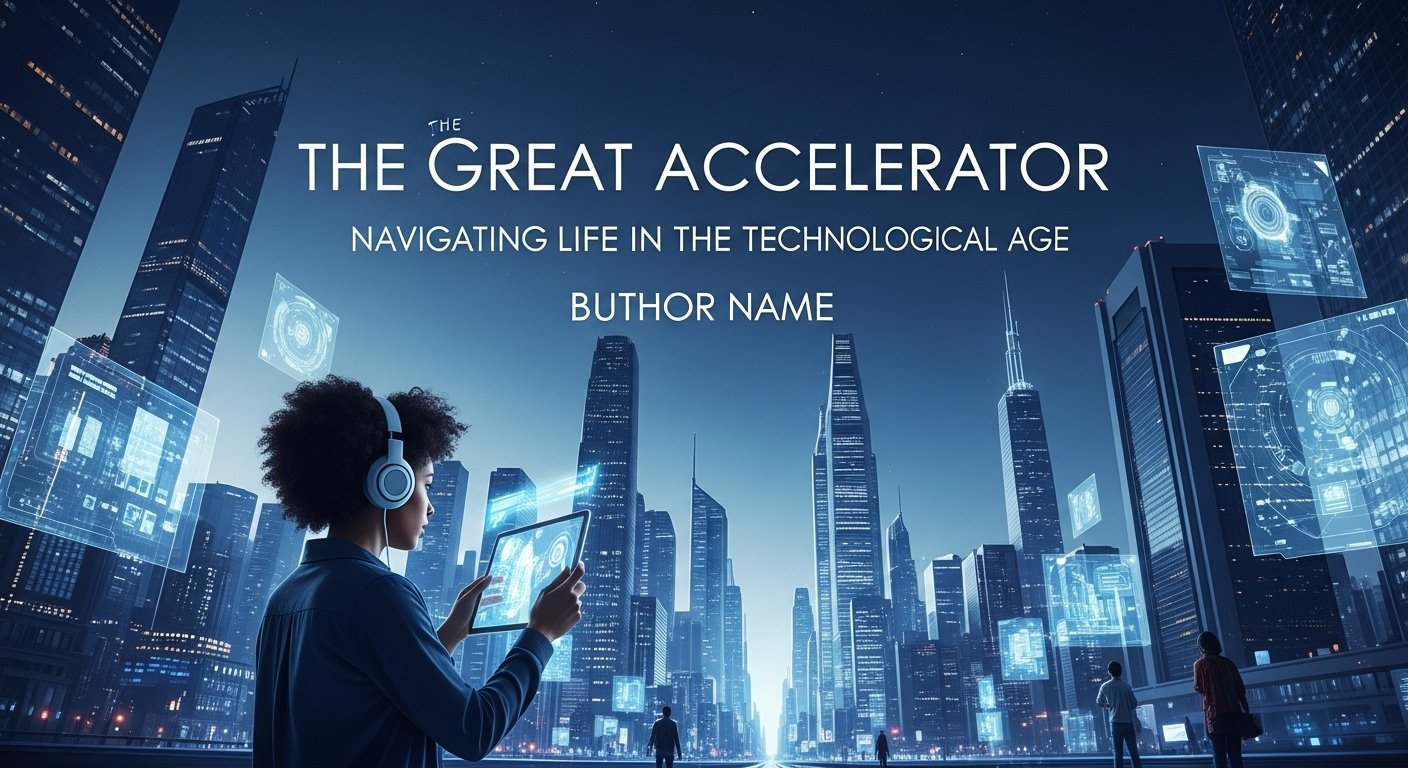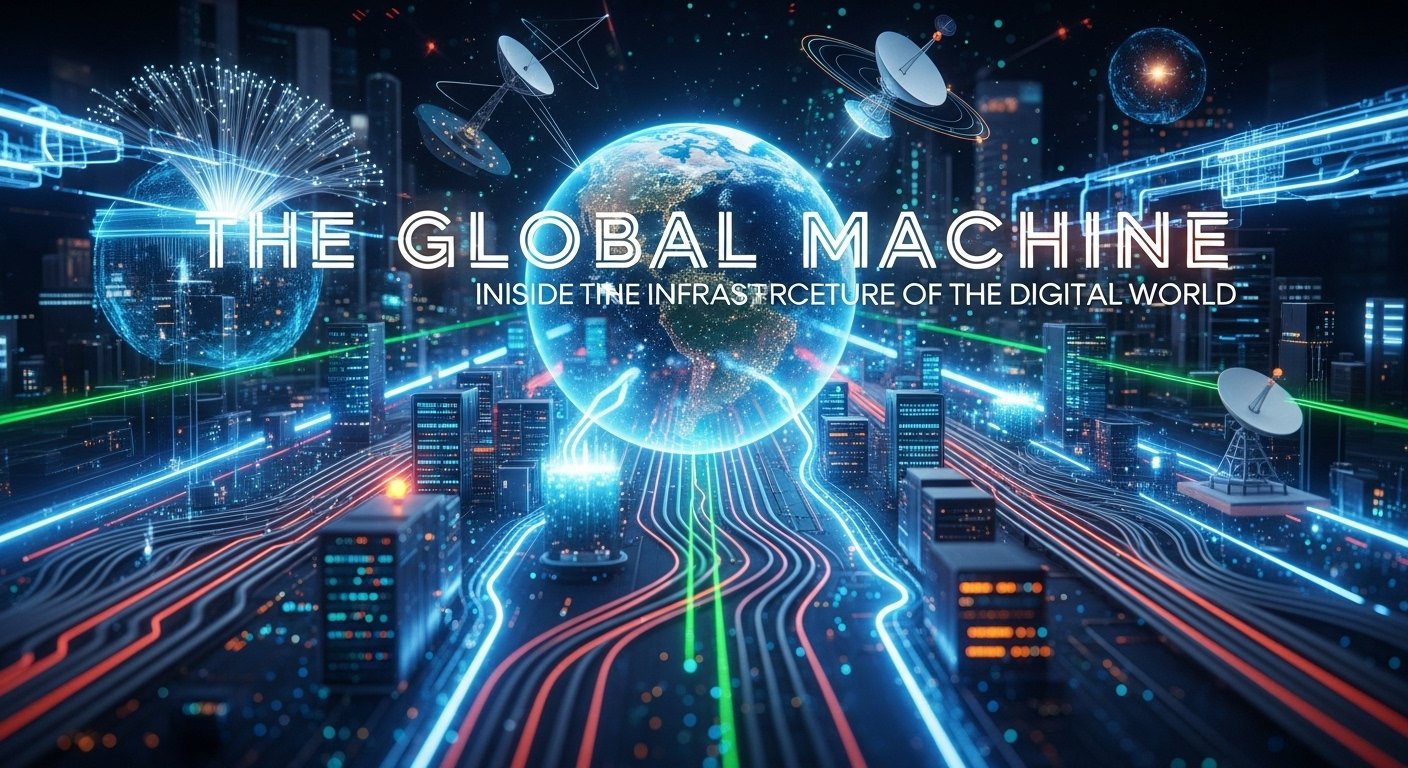Technology is the story of human ambition made tangible.1 It is the sharpened flint that became a surgical scalpel, the smoke signal that evolved into a global fiber-optic network, the abacus that laid the groundwork for quantum computers. In 2025, technology is no longer a distinct sector of society; it is the fundamental substrate upon which our modern world is built. It is an unrelenting force of acceleration, collapsing distances, reshaping industries, and reconfiguring the very essence of human interaction. From the innovation hubs of Silicon Valley to the fertile agricultural fields of Punjab, the impact of technology is universal, yet its expression is profoundly local, creating a complex tapestry of unprecedented opportunity and formidable challenges.
This article explores the landscape of technology from the vantage point of mid-2025, examining the digital foundations of our era, the pervasive influence of artificial intelligence, the critical ethical frontiers we face, and the next horizons of innovation that are poised to redefine our world once more.
The Digital Backbone: A World Rebuilt on Connectivity and Code
The twin revolutions of the internet and mobile computing have created the foundational infrastructure of the 21st century. By 2025, for a significant portion of the globe, connectivity is assumed, like running water or electricity. This digital backbone has enabled the rise of cloud computing, where immense computational power and data storage are accessed remotely, fueling everything from streaming services to complex scientific research without the need for massive local hardware.
Crucially, the path to this connected reality has not been uniform. In many parts of the world, including Pakistan and much of South Asia, society has “leapfrogged” over entire technological eras. The desktop PC age was experienced by a relative few; the smartphone revolution, however, has been for the many. The mobile phone is not merely a communication device; it is the primary gateway to the digital world.2 It is the bank, the marketplace, the classroom, and the cinema, all held in the palm of a hand. This mobile-first reality has unleashed a wave of innovation tailored to local needs. Fintech services like Easypaisa and JazzCash have brought millions of unbanked citizens into the formal economy, demonstrating how technology can be a powerful engine for financial inclusion.3 Similarly, e-commerce platforms have connected rural artisans and urban consumers, creating new economic pathways outside of traditional structures.4
The Age of Intelligence: AI as a Pervasive Utility
If the last two decades were defined by connectivity, this one is being defined by intelligence. As of 2025, Artificial Intelligence (AI) has transitioned from a futuristic concept into a foundational utility.5 Its growth has been exponential, a trend reminiscent of Moore’s Law, which famously predicted the doubling of transistors on a microchip. A simplified representation of such exponential growth can be expressed as:
Cn=C0⋅2n/T
Where Cn is the computational capacity after a certain time, C0 is the initial capacity, n is the time elapsed, and T is the doubling time. While not a perfect analogy for AI, it captures the explosive rate of progress we have witnessed.
Generative AI, capable of creating novel text, images, and code, has become a standard tool in creative industries, software development, and everyday communication.6 More importantly, AI is being deployed to solve deeply practical problems. In agriculture, a vital sector for Pakistan, AI-powered systems analyze satellite imagery and sensor data to predict crop yields, detect disease outbreaks, and optimize the use of water and fertilizer, enhancing food security.7 In healthcare, AI diagnostic tools assist doctors in under-resourced rural clinics, helping to interpret medical scans and identify potential issues with a speed and accuracy that was previously impossible.8 This is the new paradigm: not AI versus humans, but humans augmented and amplified by AI.
The Double-Edged Sword: Navigating the Ethical Frontiers
Technology’s power as an accelerator applies to problems as much as it does to solutions. With every advance comes a new set of complex ethical and societal challenges that we are still learning to navigate.
The digital divide remains a stark reality. The gap is no longer just between the connected and the unconnected, but between those with high-speed, reliable access and those with slow, intermittent service. This divide exacerbates existing inequalities, determining access to education, economic opportunities, and even basic government services.9
The very tools that connect us can also be used to divide us. Social media platforms, driven by engagement-based algorithms, can become echo chambers and powerful vectors for misinformation and disinformation.10 The ability of generative AI to create realistic but fake content has added a new layer of complexity to this “infodemic,” challenging our collective ability to distinguish fact from fiction.11
Furthermore, the drive toward automation and labor displacement continues to reshape economies.12 While technology creates new jobs, it also renders others obsolete, creating significant economic anxiety and requiring a fundamental rethinking of education and workforce training. The rise of the gig economy, facilitated by technology platforms, offers flexibility but often at the cost of stability and worker protections.13
Finally, the question of privacy has never been more urgent. In a world of smart devices, digital payments, and constant connectivity, we leave behind a vast trail of data. The tension between the convenience offered by personalized services and the right to individual privacy is a central conflict of our time.
The Next Horizons: Remaking Our Physical and Biological Worlds
Even as we grapple with the consequences of current technologies, the next waves of innovation are already arriving.
Biotechnology is at the forefront. The maturation of CRISPR gene-editing technology holds the promise of curing genetic diseases.14 The rapid development of mRNA vaccine platforms during the COVID-19 pandemic has created a template for new treatments for a range of illnesses, including certain cancers and autoimmune disorders. The era of personalized medicine, with treatments tailored to an individual’s unique genetic makeup, is moving from theory to practice.
The global challenge of climate change is being met with a surge in sustainable technology. By 2025, advancements in photovoltaic efficiency have made solar power more cost-effective than ever before. Breakthroughs in battery storage are solving the intermittency problem, while smart grids use AI to manage energy distribution with unprecedented efficiency. For a country like Pakistan, which faces significant energy challenges, these technologies offer a pathway toward a more sustainable and resilient future.
Conclusion: The Human Choice
Technology is a mirror reflecting our own intentions. It is not an external force with its own will; it is a tool, and a tool has no morality. It can be used to enlighten or to deceive, to empower or to oppress, to heal or to harm. The incredible progress we have witnessed has brought solutions to age-old problems, connected humanity in ways previously unimaginable, and unlocked new realms of creativity. It has also created new anxieties, deepened existing divides, and presented us with ethical dilemmas of profound significance.
The ultimate challenge, therefore, is not a technical one. It is a human one. As we continue on this path of relentless acceleration, our task is to steer this powerful force with wisdom, foresight, and empathy. The goal cannot simply be to innovate; it must be to innovate for the common good, ensuring that the incredible benefits of technology are shared equitably, empowering every individual, from the software engineer in a high-tech campus to the farmer tending their crops in the fields of Sangla Hill. The future is not something that happens to us; it is something we build, one choice and one line of code at a time.



